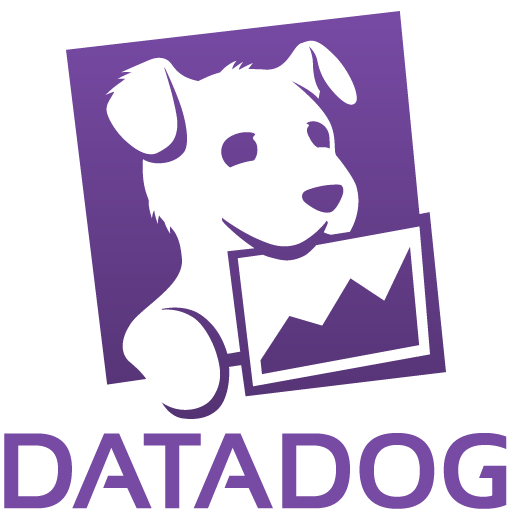In my opinion, the best features Datadog offers are flexibility and extensive support. It can be a little overwhelming since there are so many features that come with Datadog, and I'm just scratching the surface of that. I also appreciate the support that our representative has provided to us, coming on-prem, providing training, being available to answer questions, and the extensive knowledge base documentation that I have been referred to, which has been extremely helpful also.
The flexibility I mentioned shows up in my day-to-day work because traditionally, I was using SolarWinds to monitor infrastructure health, but the polling period is lengthier than we would like to see. Datadog specifically has real-time monitoring, and the alerts that we have configured are coming to us much quicker. We're able to address an issue sooner rather than later, and when it comes to reviewing .NET code or application configuration, I only had limited visibility, but with Datadog doing the analysis of the IIS logs and any other application logs, it's also opened up visibility to me so that I can assist a developer in identifying the area of concern or where a code could be more efficiently written.
Datadog has positively impacted my organization by helping us make our web portals more efficient. Our portals and integrations are extremely complex, and as we get the agent installed on more devices, it's really provided us visibility that we haven't had in my entire career with Ace Hardware.
I cannot provide specific numbers for the improved performance, but Datadog has identified issues that we have in our data source area. We have implemented additional indexes and have plans for breaking out complex queries that are pulling data across multiple data sources. We're in the crawl, walk, run phase, so right now we're identifying and prioritizing the things that need to be fixed. A few of the things that we've already addressed include adding additional resources to servers, and we have noticed improved performance. I know someone has the statistics; I just don't have them available to me at the moment.
